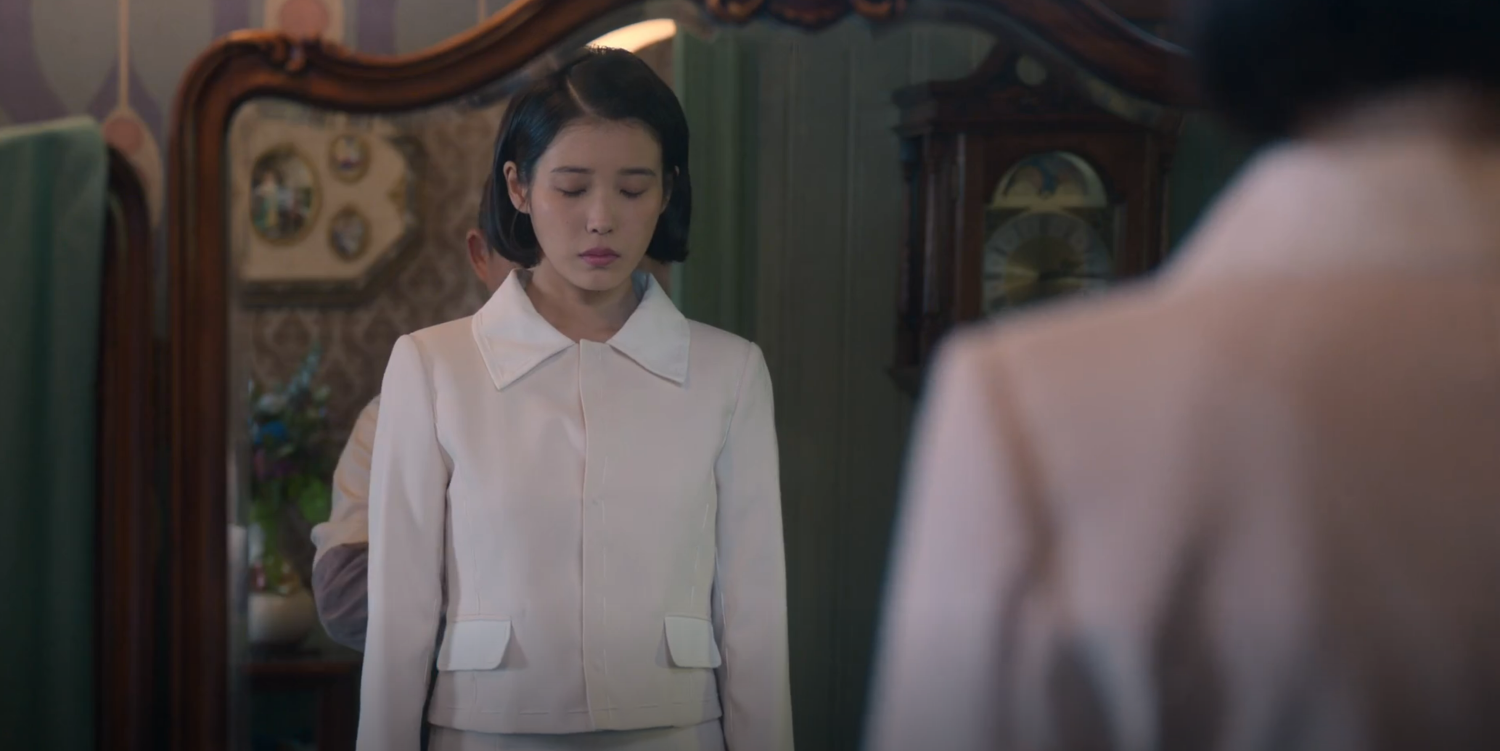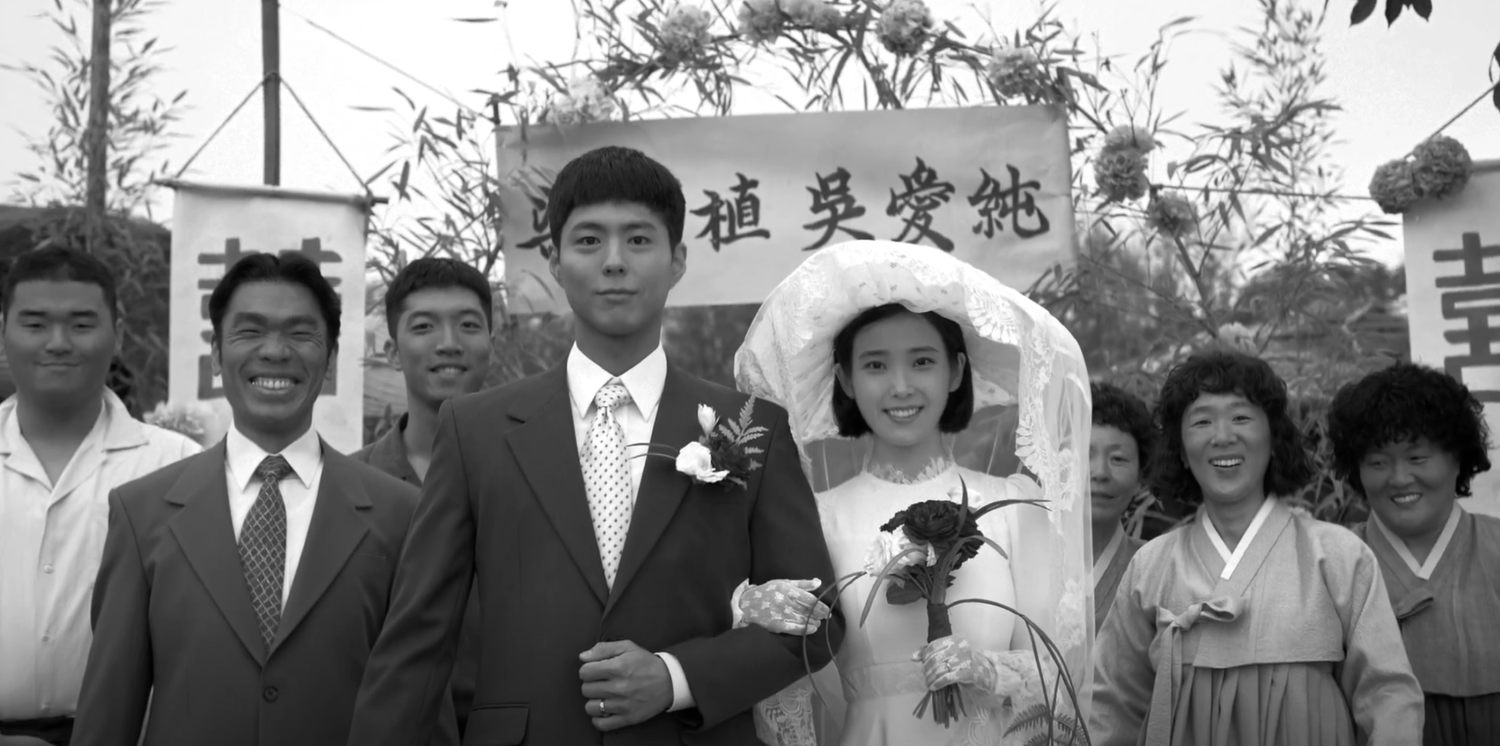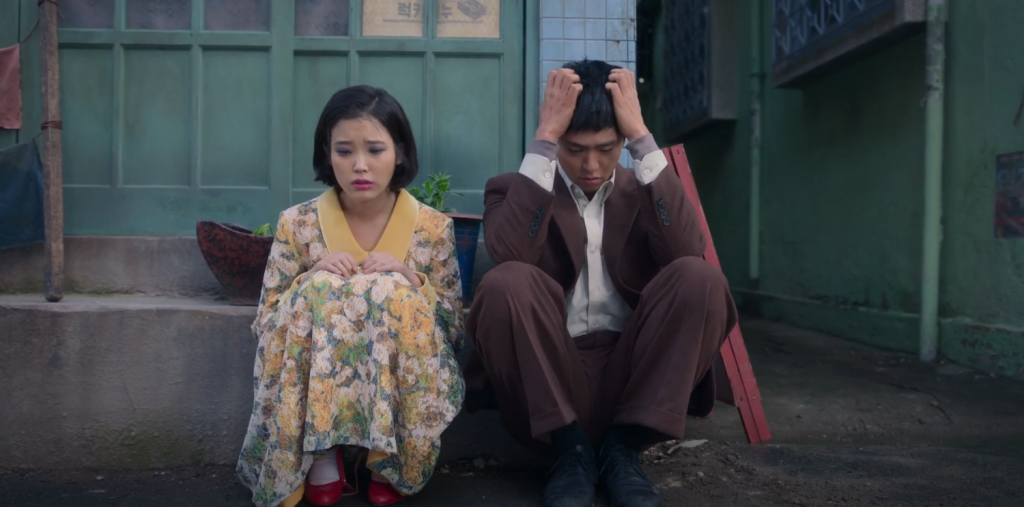Blog
Fashion in “When Life Gives You Tangerines”: A Style Journey Through the Decades
Fashion in “When Life Gives You Tangerines” is not merely an aesthetic element but also plays a crucial role in portraying the social development of Korea through different eras. What makes each outfit special?
“When Life Gives You Tangerines” is a newly released Korean drama that follows the life of Oh Ae Sun (played by IU), spanning from the 1950s to the present day. The series quickly became a sensation in the entertainment world thanks to its perfect blend of a profound storyline, compelling performances, and picturesque settings. It not only focuses on the romantic relationship between the two main characters, Ae Soon and Gwan Sik, but also vividly portrays the lives of three generations of Korean women, reflecting their aspirations, challenges, and deep family bonds. The star power of IU and Park Bo Gum adds a special allure to the show. What sets the drama apart is not just its emotional depth, but also its depiction of fashion through the decades, mirroring the transformation of Korean society.
1950s Fashion: Simple and Rustic
In the 1950s, Korea was still recovering from the aftermath of war, and this is clearly reflected in the clothing worn by the character Oh Ae Sun. She is often seen in simple hanbok with neutral tones and coarse, rustic fabrics, embodying the modesty and simplicity of that era. These outfits not only reflect the living conditions of the time but also highlight the character’s natural and pure beauty.
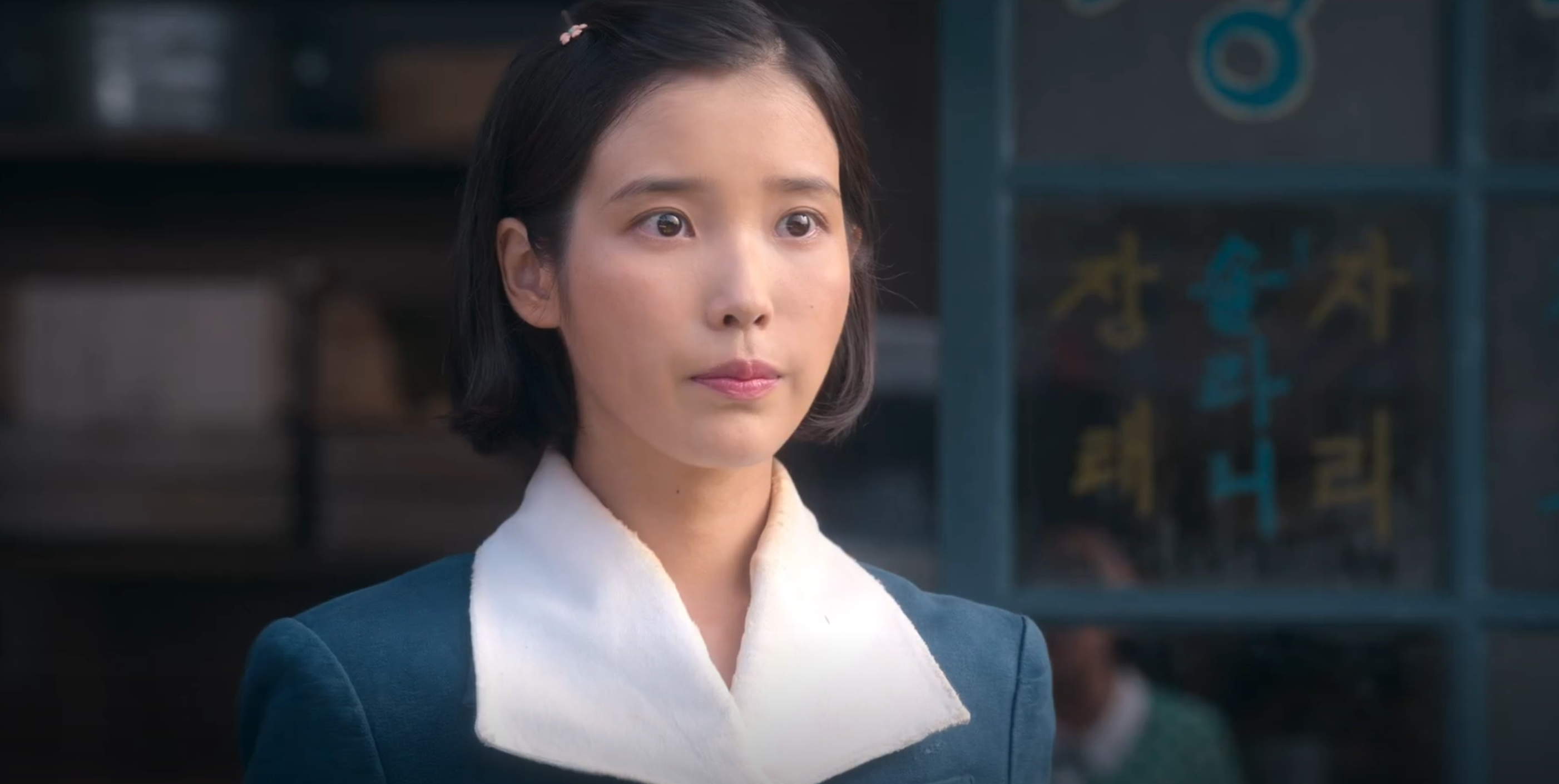

Fashion in “When Life Gives You Tangerines” is more than just clothing—it serves as a bridge that helps viewers better understand the historical and cultural context of Korea. It evokes memories of the past while inspiring younger generations with messages of resilience and perseverance.
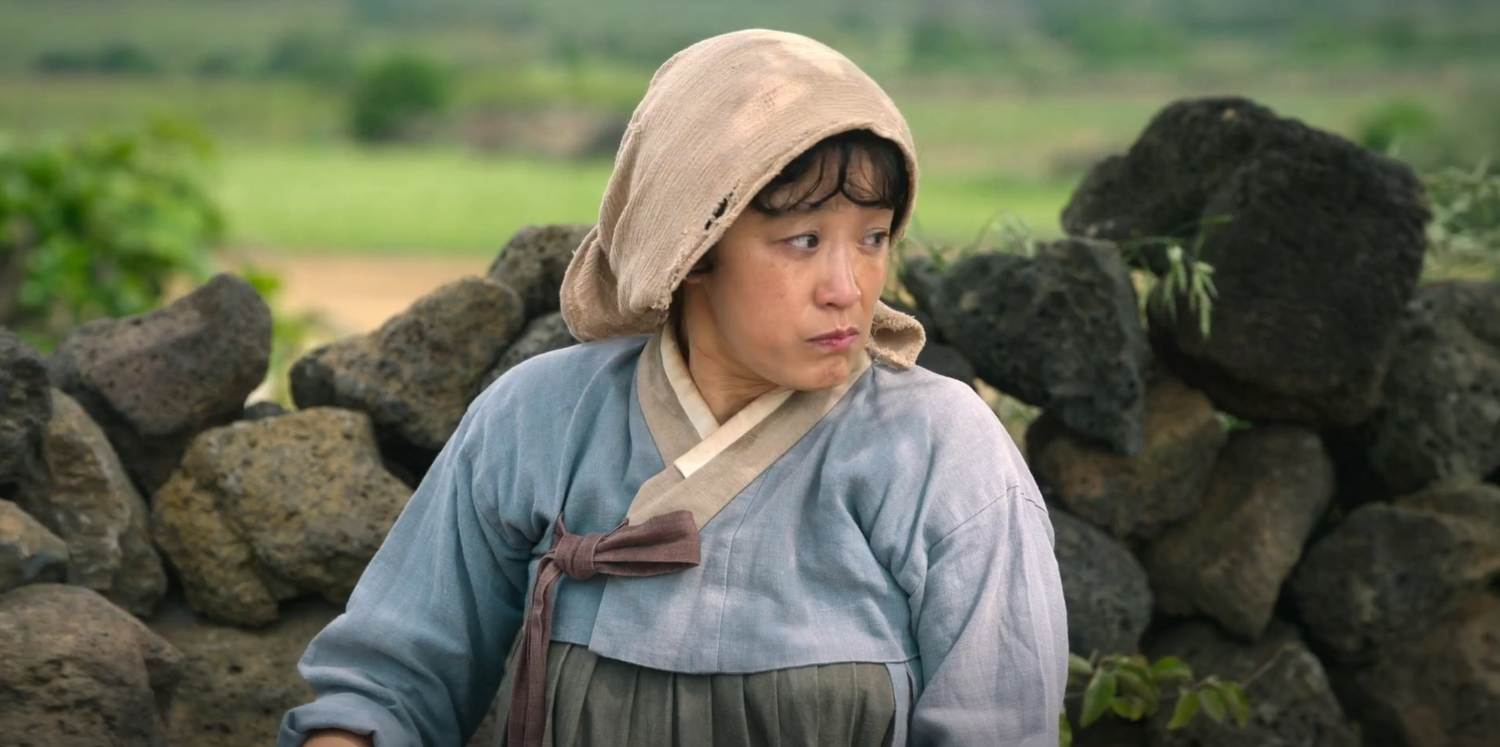
The Blend of Tradition and Modernity
As the story progresses, the characters’ clothing evolves as well, reflecting Korea’s economic and social development. From traditional attire, the styles gradually shift to more modern designs, with diverse cuts and vibrant colors, showcasing the influence of Western culture and the growth of the Korean fashion industry.
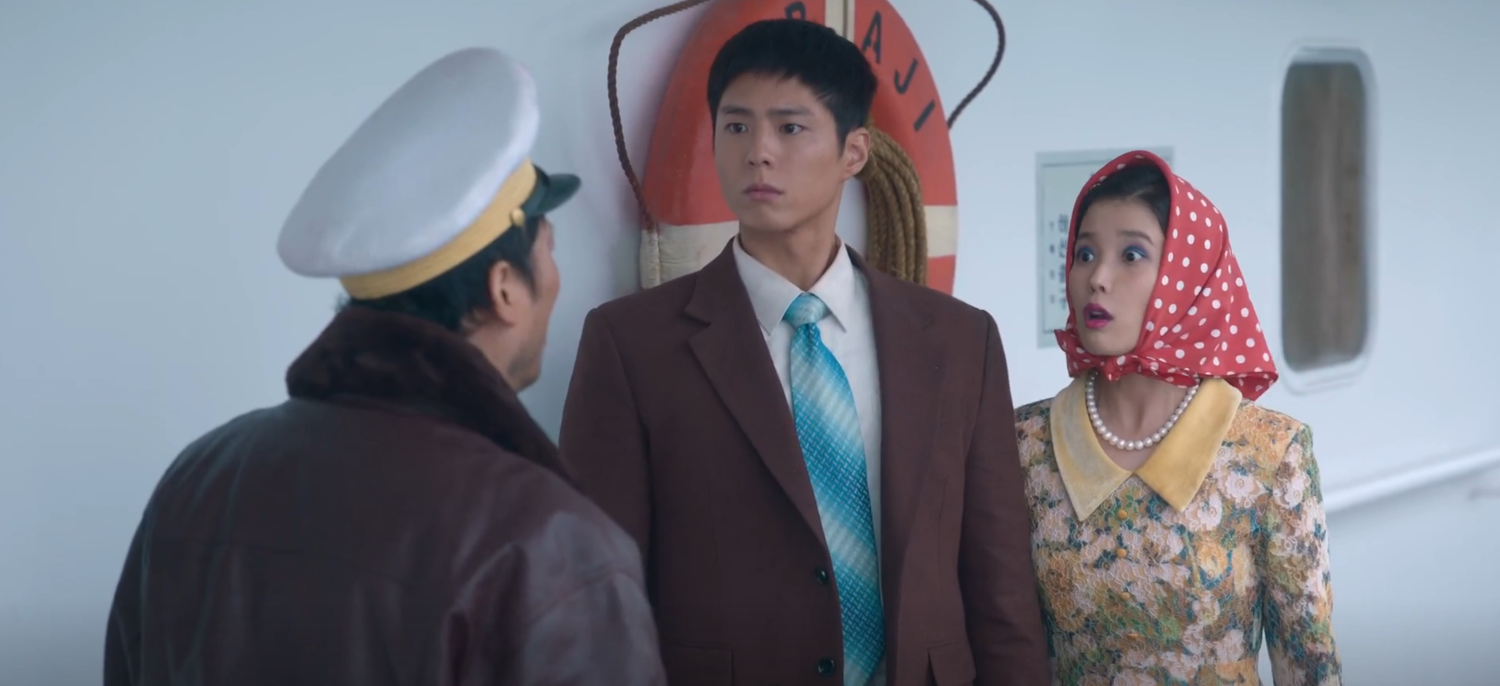
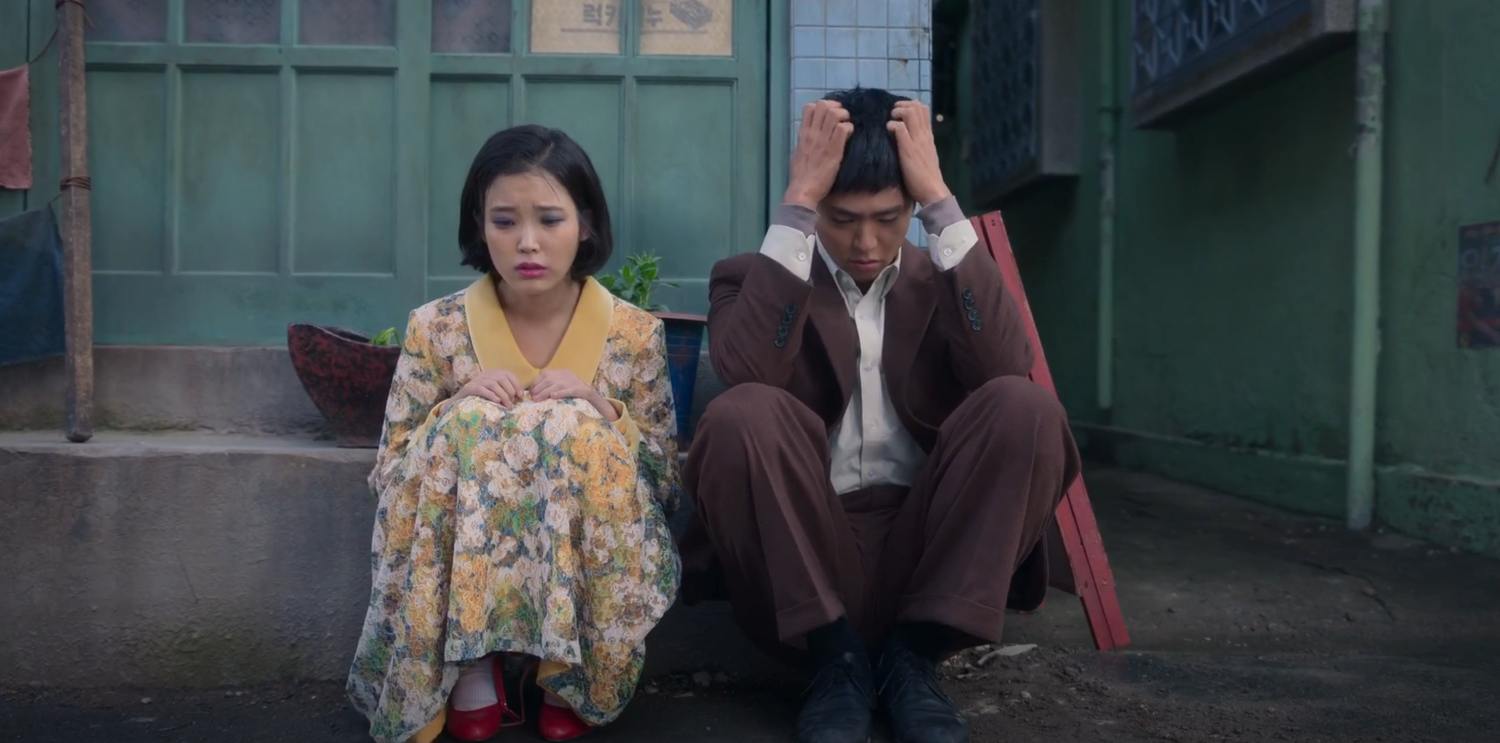
Despite experiencing many ups and downs, the character Oh Ae Sun maintains a sense of tradition in her fashion style while also embracing new trends. The blend of traditional and modern clothing creates a unique aesthetic that reflects her strong spirit and adaptability to life’s changes. Each stage of Oh Ae Sun’s life is delicately portrayed through her outfits—from the simple hanbok of her youth to modern designs that signify shifts in her mindset and social status.

Fashion in the film is not only an aesthetic element but also serves as a storytelling language, allowing the audience to deeply feel the characters’ growth and the upheavals they experience. The meticulously crafted outfits both honor traditional beauty and reflect the influence of Western culture throughout various historical periods. “When Life Gives You Tangerines” succeeds in using fashion as a narrative tool, enabling viewers to not only follow the characters’ journeys but also sense the transformation of society across different eras.
